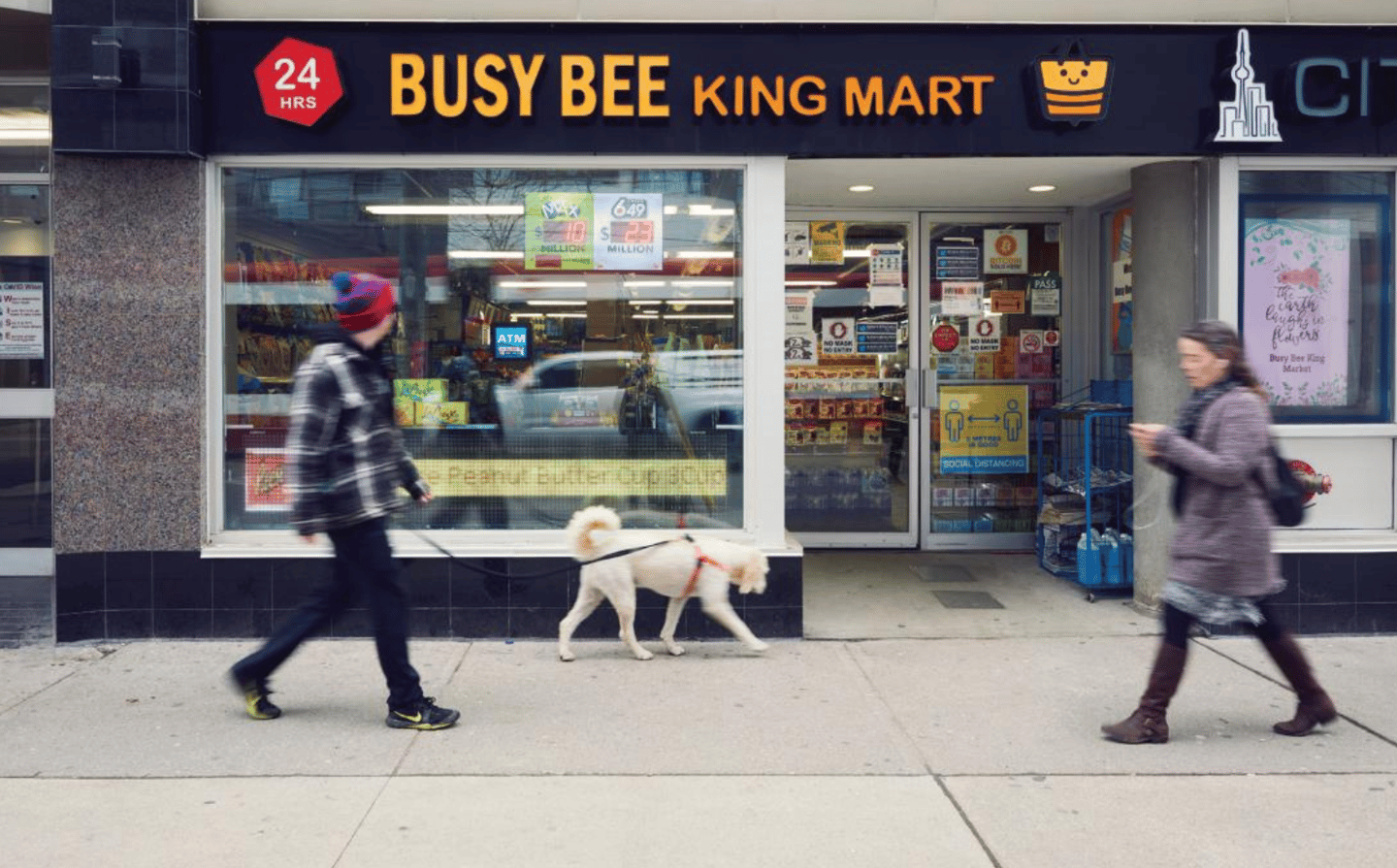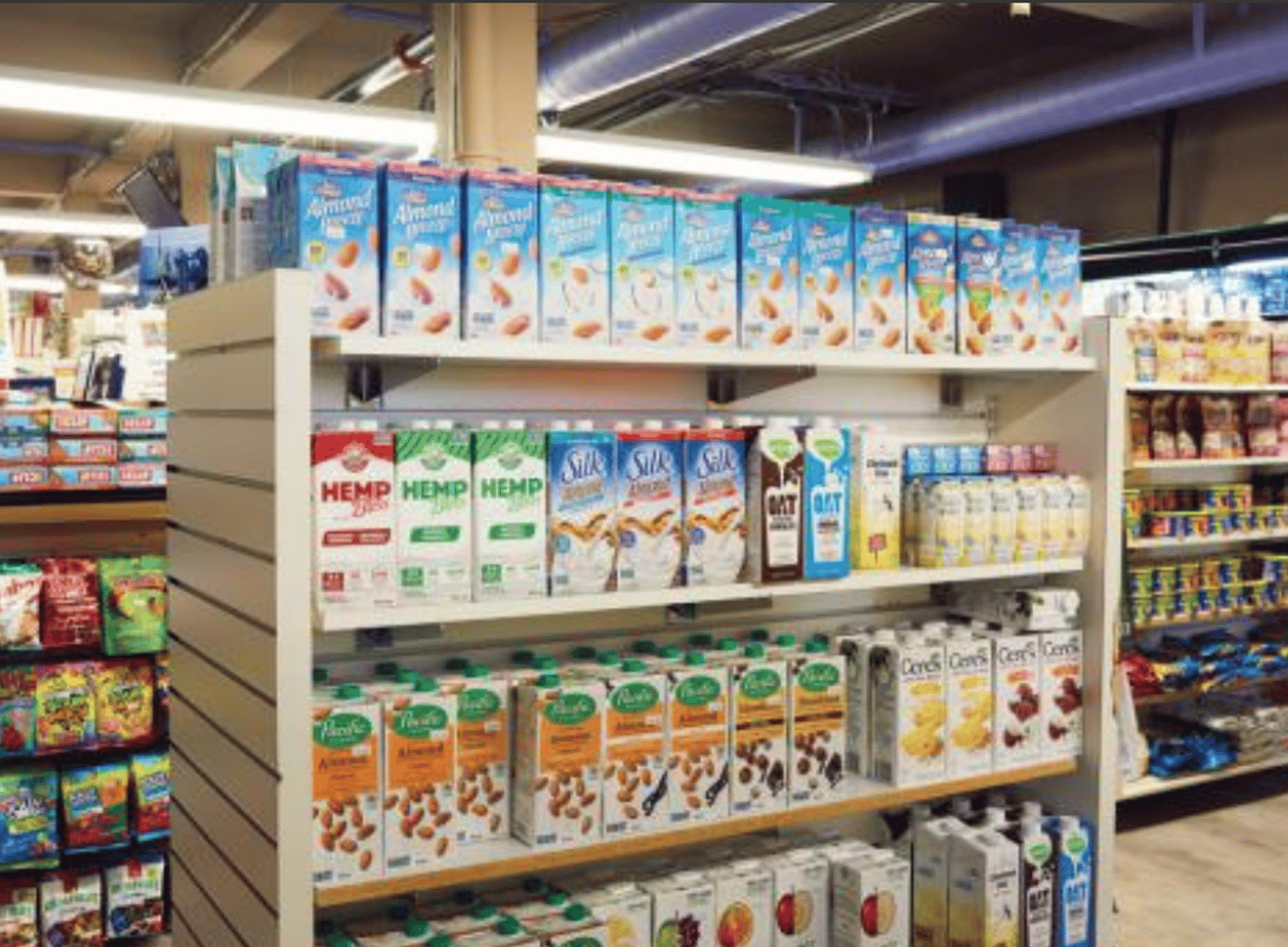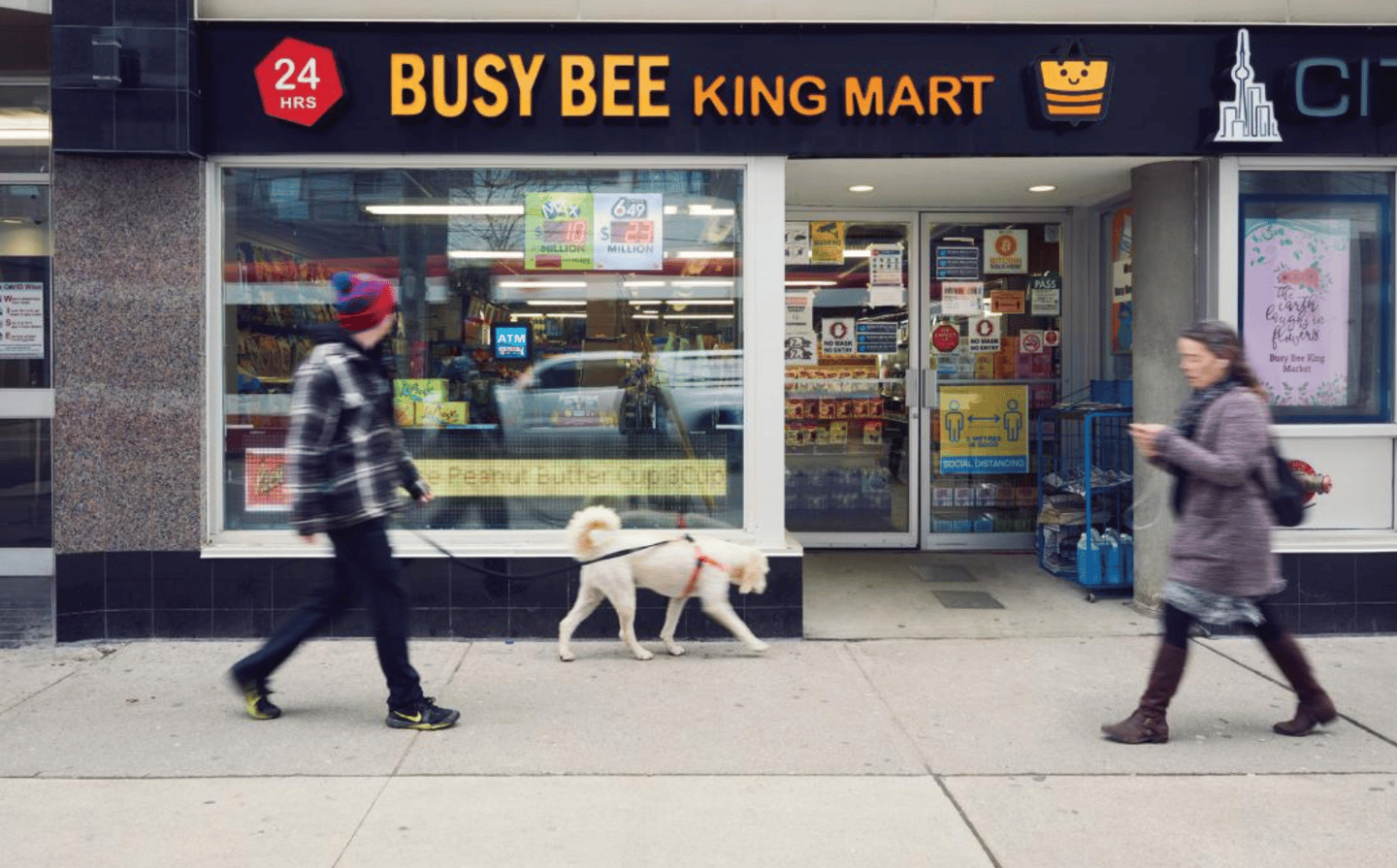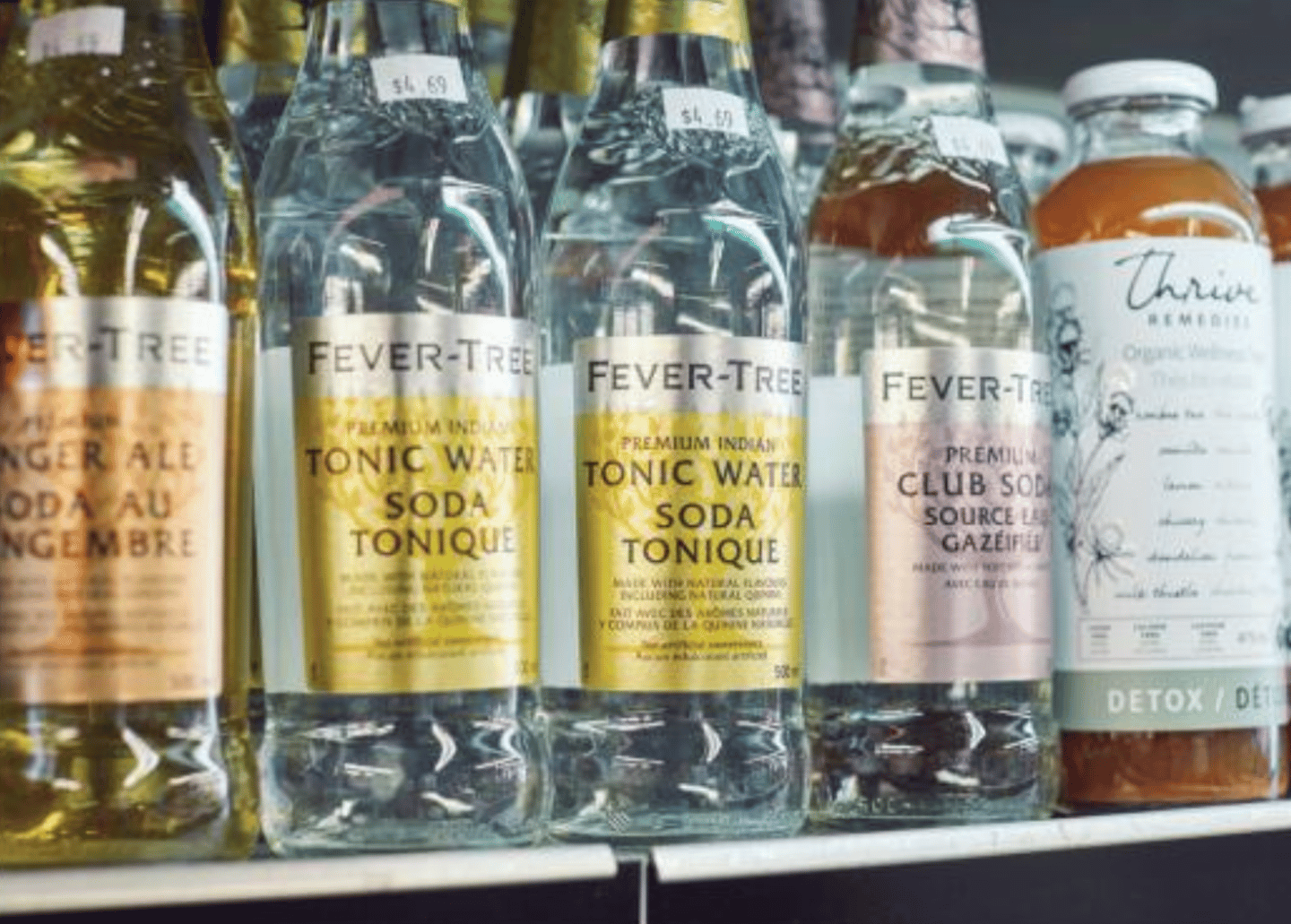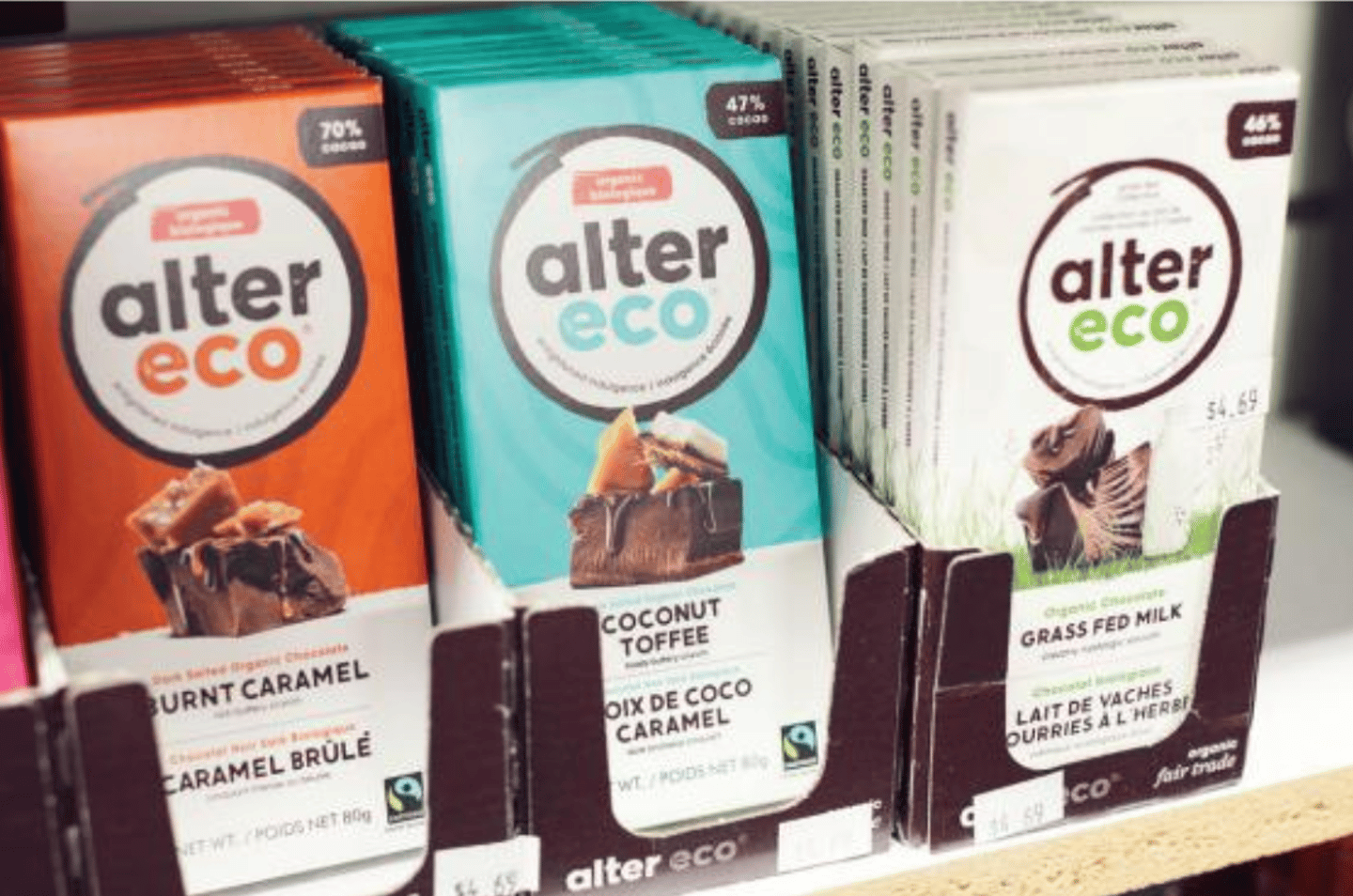Busy Bee King Market rides the wave of gentrification
Kenny Shim has been a fixture in Toronto’s west end for more than 26 years, a link to the recent past even as this formerly sleepy neighbourhood at the edge of the city’s entertainment district has been completely transformed.
When Shim took over the Busy Bee King Mart at 677 King St. W. store in October 1994, the King and Bathurst neighbourhood was a mix of commercial and residential properties, with an older, largely Portuguese population, says Shim.
But as business and property taxes skyrocketed, and the companies that once had their headquarters in the area decamped for the suburbs, the office buildings were converted into lofts and condos that attracted a new wave of younger, affluent tenants.
Seemingly overnight, Shim’s customers went from shopping for budget pet food, 2 for $1 bread and KitKat bars, to buying expensive organic chocolate carrying a $7 price tag. “It’s changing every day, and if you don’t evolve and accommodate the needs of consumers, you’ll perish in a second,” says Shim of the need to stay abreast of changing consumer tastes.
Shim, who has also served as chief operating officer of the Ontario Korean Businessmen’s Association since 2019, hadn’t planned on a career in retail. He was working in IT after graduating from the University of Waterloo when he was asked to help manage a convenience store for a sick relative.
“I think I did quite well, and ended up taking over the business,” he says. At one point, Shim operated as many as five 24-hour stores in Toronto’s downtown, but has since scaled back to the single location: He’s in his late fifties and wants to make more time to travel.
Today, Busy Bee’s customers are typically young couples or single people living in one of the countless condo buildings that dot the neighbourhood, popping in for everyday grocery staples or staggering in after a raucous night at the nearby clubs. “If you’re a single dweller living downtown, and you need something at 1 a.m., you come to my store and you’ll find either exactly that item or something close,” says Shim.
His 2,880 sq.-ft. store is tidy and well-stocked. There’s a surprisingly robust home section offering everything from power cords and paint rollers to wall outlets and combination locks, as well as an extensive—and enticingly colourful—assortment of noodle products. It also features nearly 100 kinds of organic chocolate from manufacturers including, Ottawa-based Camino, Green & Black’s and Alter Eco.
But it’s in the beverage aisle, which takes up nearly one entire side of the store, where Shim’s store truly shines. He estimates that throughout the year he carries between 800 and 1,000 beverage SKUs, including multiple offerings from brands like Britain’s Fever Tree (flavours include Sicilian Lemonade, Cucumber Tonic Water and Elderflower Tonic Water), as well as GT’s Synergy Kombucha and Two Bears.
“I have so many beverages, it’s not funny. You name it, I got it all,” says Shim, who sources items from companies including Ontario Natural Food Company and United Natural Foods (UNFI), as well as smaller local distributors, to meet the seemingly unquenchable consumer appetite for different beverages.
UNFI will often send Shim samples of drink products it thinks will be a hit with Busy Bee’s customers, which typically leads to extensive sampling among Shim and his staff. “Everything I sell, I’ve got to try,” says Shim. “Sometimes I sit down with my managers and my staff to try them out, and sometimes we’ll discuss with customers. We’ll start carrying a few SKUs, and if we sell them all they become our permanent stock. If we don’t [sell them], we’ll sell them cheap, or I drink them.”
Products associated with health and eating better are hugely popular right now, says Shim, noting the growing demand for Keto-friendly snack bars and the success of a five-year-old low-sugar candy brand called SmartSweets. “I didn’t think it was going to sell, but I just can’t keep it in stock,” he says.
Right now, Shin is focused on riding out the pandemic, coping with rising rents at the same time that sales have plunged. Customers are still coming in to buy the staples, he says, but with no less than 23 bars and restaurants in the immediate vicinity, nighttime sales have been hit particularly hard. “It’s not easy, but what can you do,” he says.
He admits to being a little worried about the ability to bring some regular clientele back after they’ve been away for more than a year. “I think I have to come up with some sort of strategy to get back my customers and re-introduce [the store] to my neighbourhood,” he says. After three decades in the same spot, it might not be as hard as he thinks.
OPERATOR INSIGHTS
- 1. Change with your customers
Evolve your products and services to accommodate their tastes. Shim sells 100 kinds of organic chocolate.
- 2. Carve a niche and own it
Shim’s beverage aisle takes up nearly one entire side of the store and features between 800 and 1,000 beverage SKUS.
- 3. Take risks with new products:
Keto-friendly snack bars and low-sugar candy were an unexpected hit with young condo-dwellers.
This article originally appeared in the May/June 2021 issue of Convenience Store News Canada.

